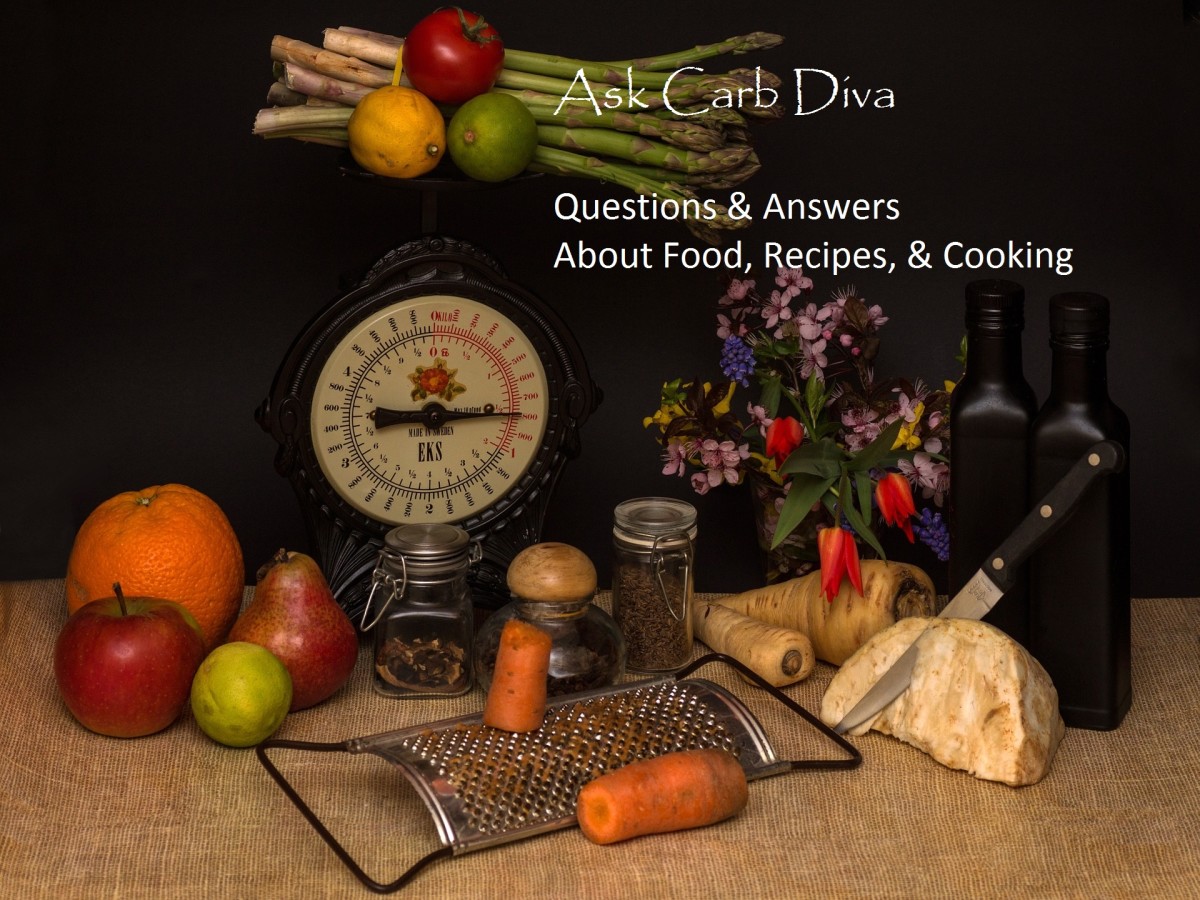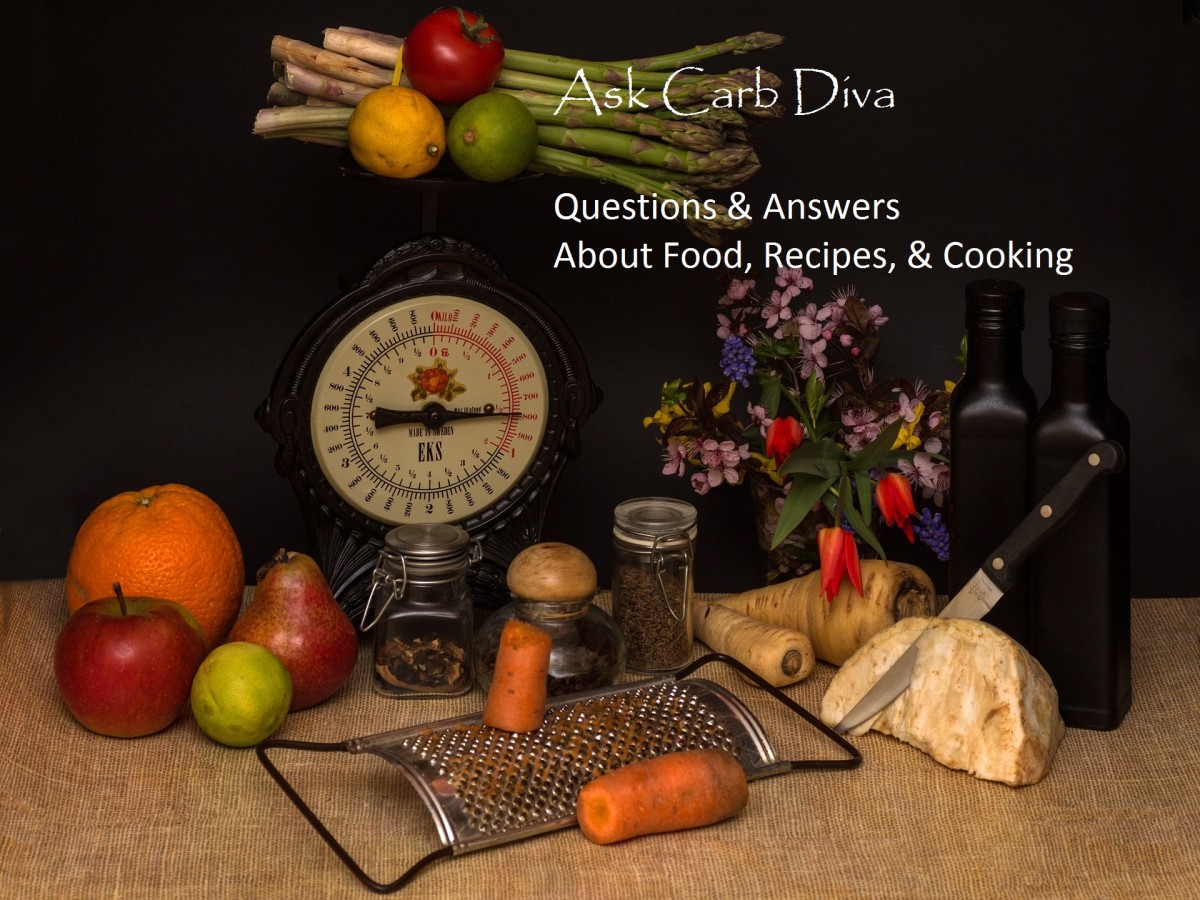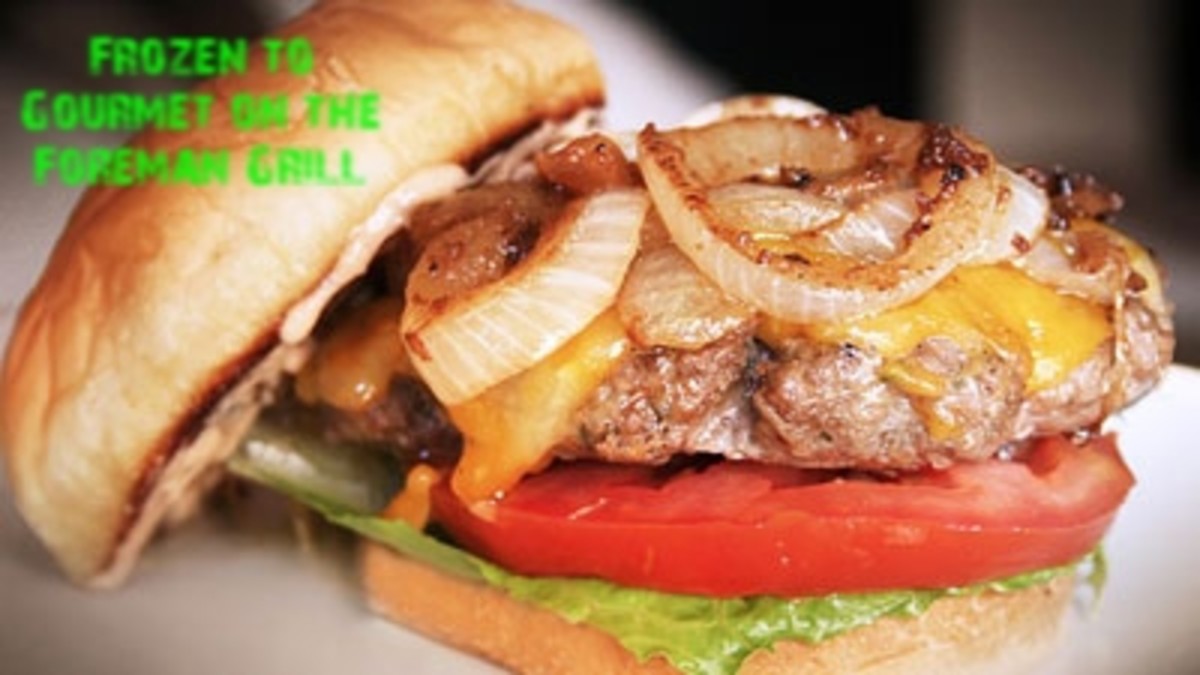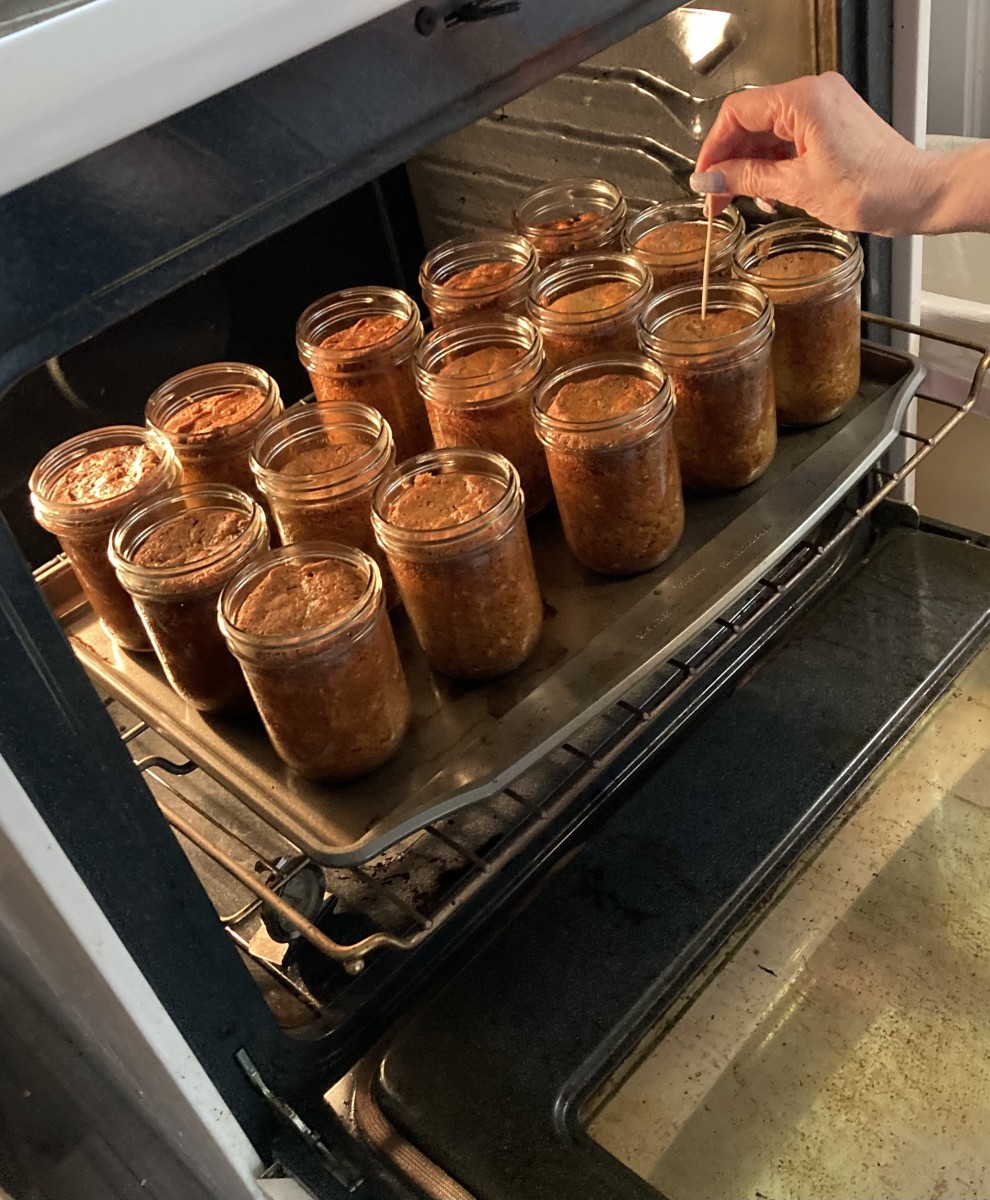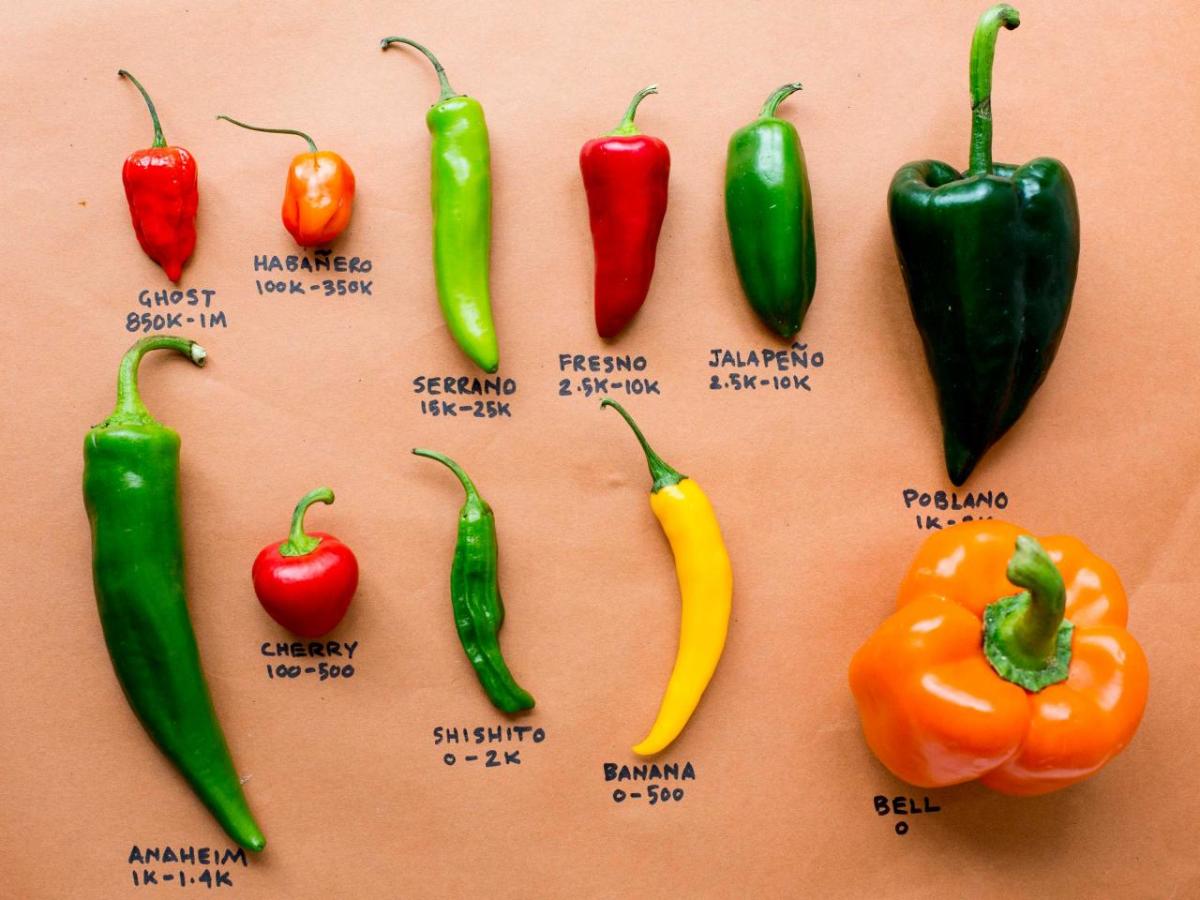Five Easy Ways To Improve Your Everyday Cooking

Eating Well Is Child's Play
If one were to stand in New York harbor and take all the books written on the topics of cooking and eating better which have been written in the last 10 years, one could quite possibly use them to build a bridge that stretched all the way to France. But perhaps even more mind boggling than the shear mass of literature available are the plethora of suggestions and focal points which are frequently addressed in the name of “better eating” and “cooking better”.
Cookbooks are usually defined by styles of cooking or eating – vegan, “low carb”, stir frying, steaming, classic Italian, Chinese – whose popularity comes and go (and sometimes comes back!) like fashions. The reason for the approach (beyond the simple fact that this is how we are raised to conceive of food…just open the restaurant section of any phonebook!) is that authors latch onto particular beneficial traits of specific styles which catch readers’ attention but – let’s face it – unless you were already a convert of a particular school of thought to begin with – such as vegetarian – it is relatively unlikely you will use but a fraction of what is in a +200 page book on vegetarian cooking.
The same is true of books defined by a specific culture. It’s almost certain that the average French or Belgian cookbook includes scores of “everyday” recipes which the average Frenchman or Belgian wouldn’t even recognize. The average reader’s eyes – again – will likely glance at but a fraction of what’s inside as they have the impression that it all “looks the same”. And when you have a busy schedule like most people and you’re looking for ideas about what to serve family and friends, such an impression means you’re unlikely to give such a book much of your precious time.
In either scenario, the result is the same: the reader buys a thick, often expensive book which is unlikely to be read cover-to-cover (or anywhere remotely close) and what they will read and perhaps even cook will be regarded as compartmentalized “one off” dishes or ideas as opposed to fodder for various different meals or the foundation for new eating habits or ways of cooking. But it doesn’t have to work this way…
Here are five suggestions of my own which I regularly mention to people. Some will make any meal taste a little better, others will make better shopper of you and others still might lead you to look at cooking from a different perspective. But they’re all simple, useful and applicable to any style of cuisine that may float your boat:
1. Salt, the universal spice: Knowing how to use salt (and quality salt if at all possible!) can add more character to your food than an entire cabinet of fancy spices. There is a broad “mistrust” of using salt and a widespread belief that salt is “bad” which leads many people and even some chefs to under salt their food, often leaving it as a decision to be taken at the table itself. Indeed, overly salty food isn’t good at all (nor is it good for you) but that doesn’t mean that it should be avoided. Instead, know when to use it and how much. For example, salting your water properly before cooking dried pasta will generally improve its taste because the salt will be absorbed during the cooking process. This applies to many things. And – if at all possible – use natural sea salt to apply directly to food when cooking. It doesn’t have to be ultra expensive top shelf stuff and the difference in taste between sea salt and standard table salt are light years apart! Personally, I find a few last minute speaks of sea salt on a grilled steak is like a little slice of heaven.
2. Think fresh: Take the time to learn and understand how to identify fresh, ripe fruits and veggies as well as fresh meat, fish and poultry. Knowing to look for the right shine on strawberries or to feel for lemons that are heavy for their size (and not just large) will lead to produce which tastes better when you eat it. Note that “fresh” and “expensive” are not synonymous terms, either. Buying organic food may certainly improve your chances of buying something of better quality, but it isn’t assured. The only thing which is assured is that you will pay more for it.
3. Know “what does what”: Most people have at least a rough idea of their own tastes but often they do not really know what the core things are which they like. Wine is a perfect example: Someone may say that like round red wines but when they go to shop for wine, they have no clue what to look for. However, knowing that certain grape varieties such as Merlot or Syrah are common component of round reds allows one to shop for what one really likes. It also improves your chances of finding something you like at a better price because you are able to sort through the choices more efficiently.
4. Herbs are your friends: Take a little time to read about and experiment with common herbs in order to understand their applications and your own tastes. Like salt, there are several common herbs which can be found either fresh or dried (fresh will usually taste better but can be trickier to store and use…good quality dried herbs are often the more economical choice and will give great results). Good “classic herbs” which have countless applications are thyme, rosemary, parsley (it’s not just something green!) and oregano. For those who are interested, many herbs can offer various health benefits as well as make your food taste better. It’s no wonder European monks typically kept herb gardens throughout the centuries!
5. Rethink oils: If you need to use oil, consider the options out there: sunflower, (good) olive, sesame…they all do something different and will bring different qualities to different dishes. Of course, there are also cost considerations for using some of these and those need to be weighed. More interesting in my view is substituting out oil for something else entirely (when practical…this isn’t always an option). A good example is classic oil-based salad vinaigrettes, some of which can be oily, heavy and tricky to make. Why not try something easier and fresher…like squeezing a half lemon. You can spruce it up further with a pinch of dried mint and a twist of white pepper. The point is, just because oil is called for doesn’t mean you have to actually use oil. Don’t be afraid to personalize your food!


